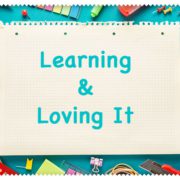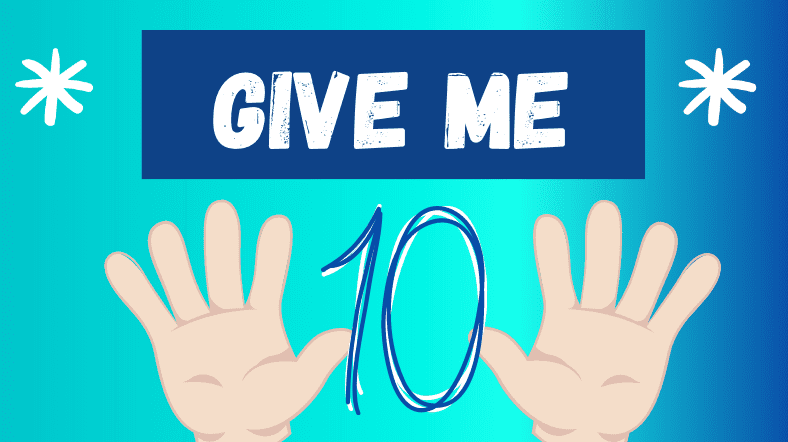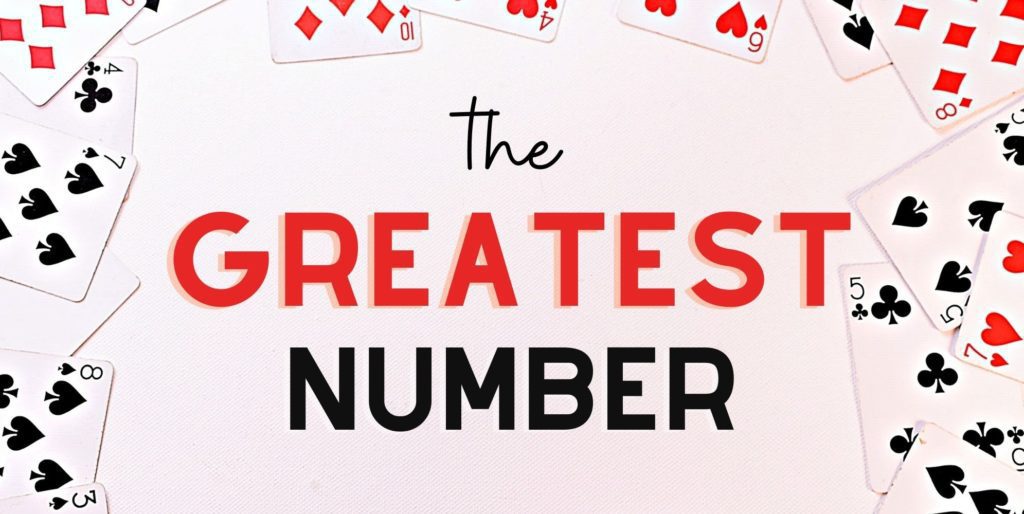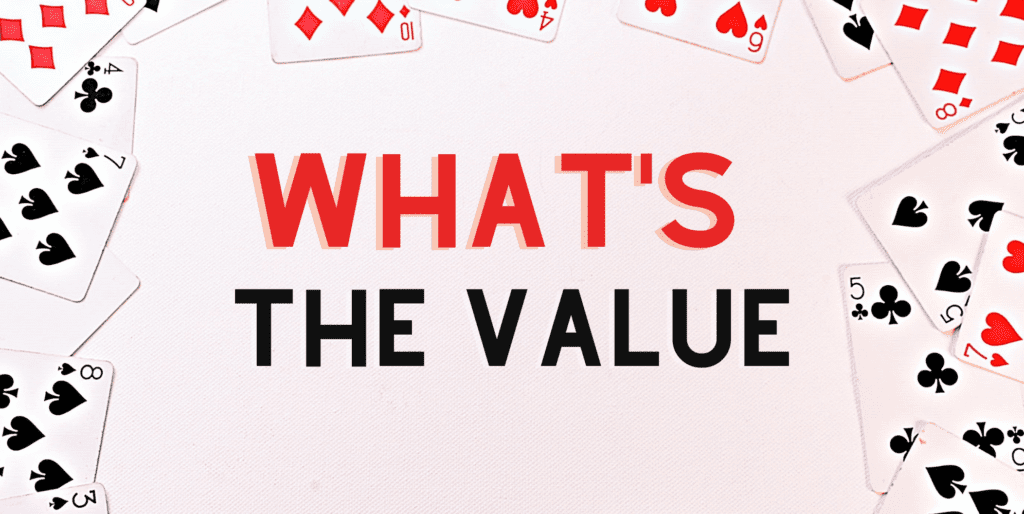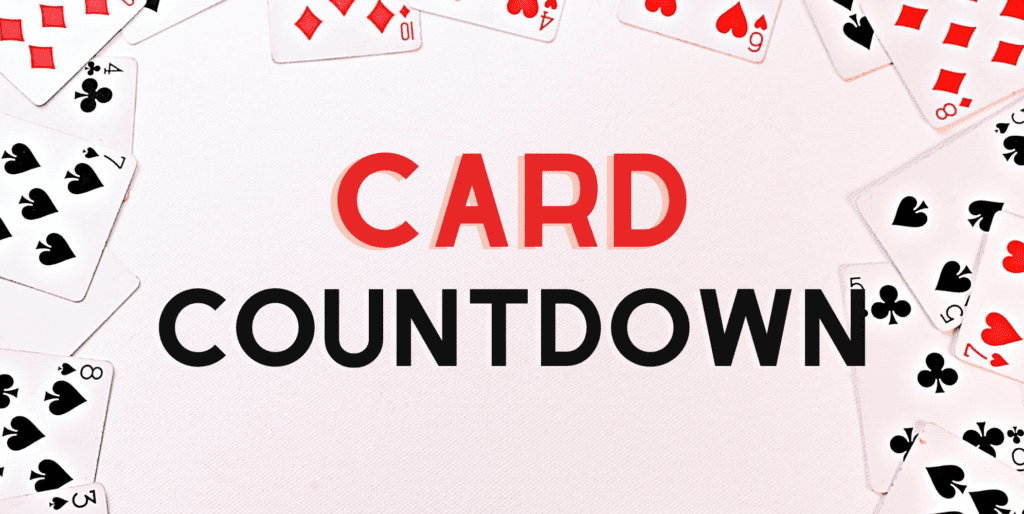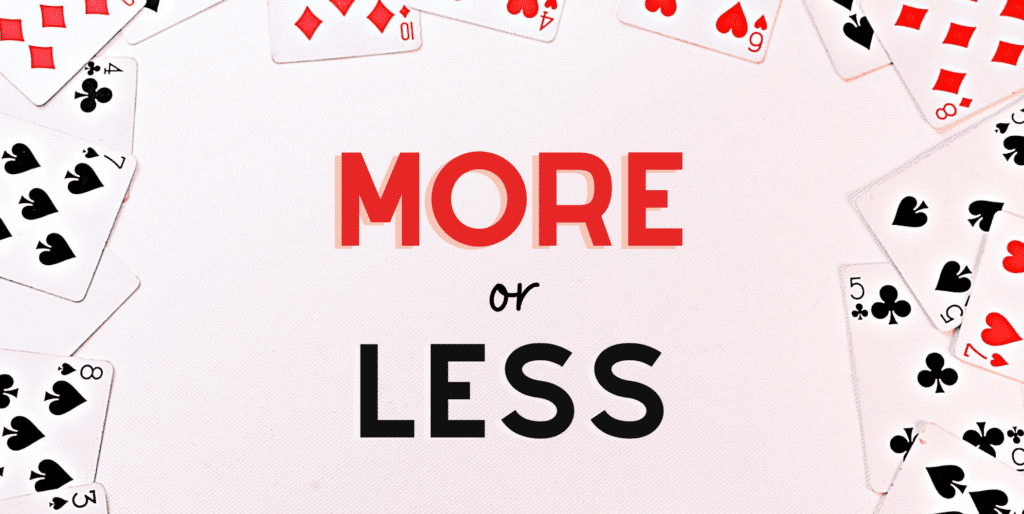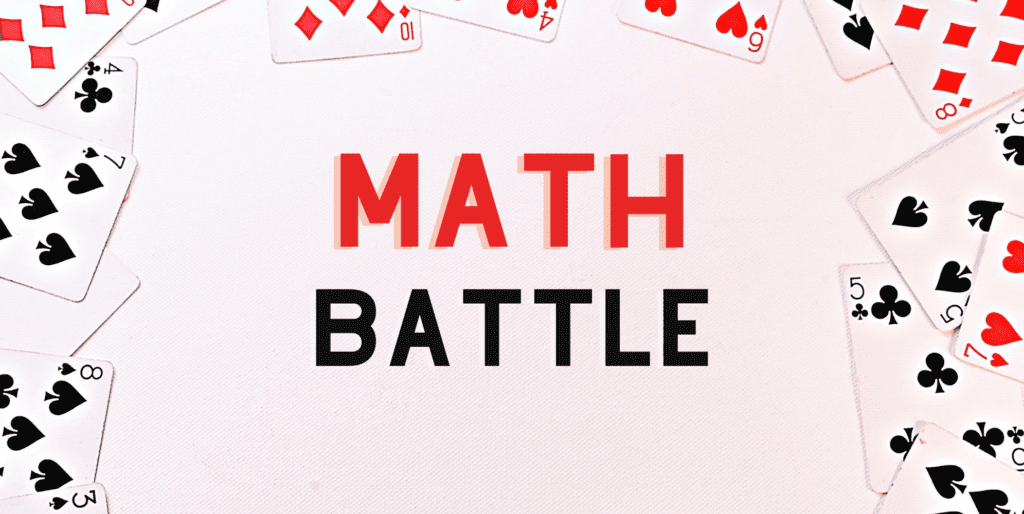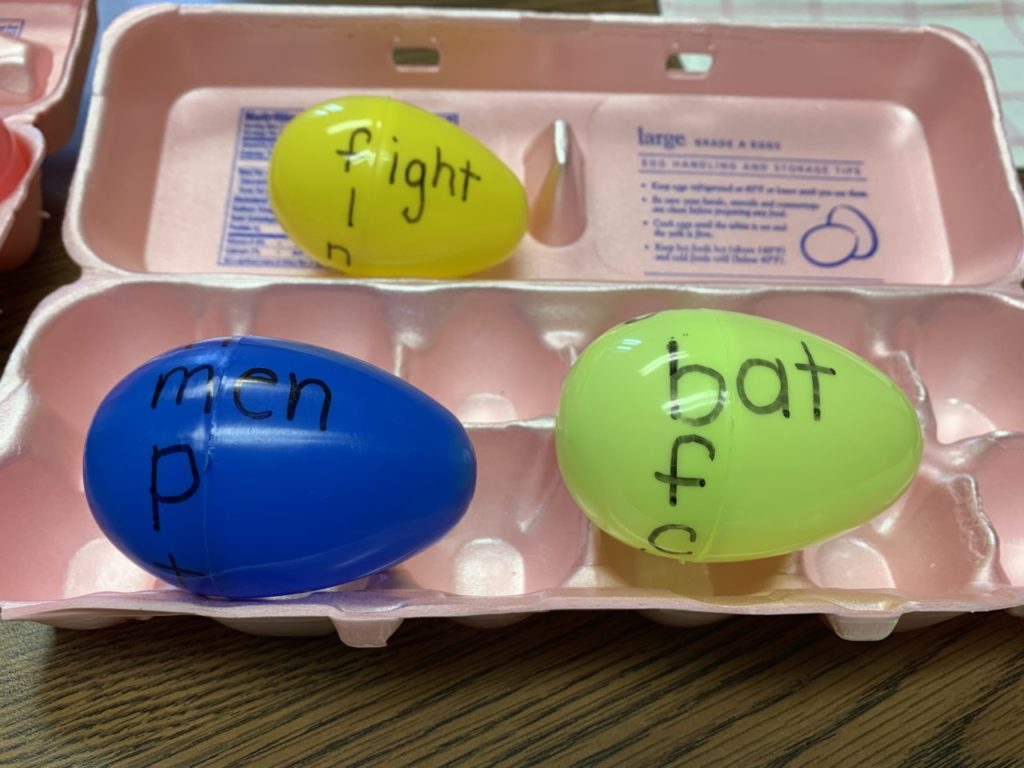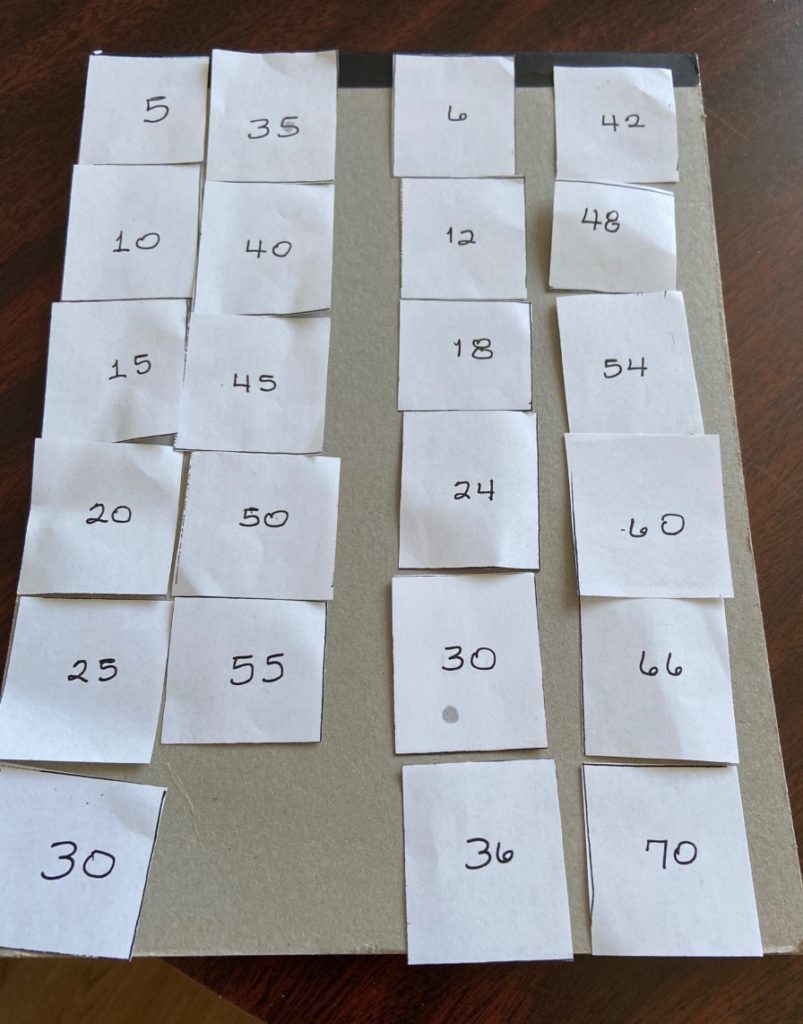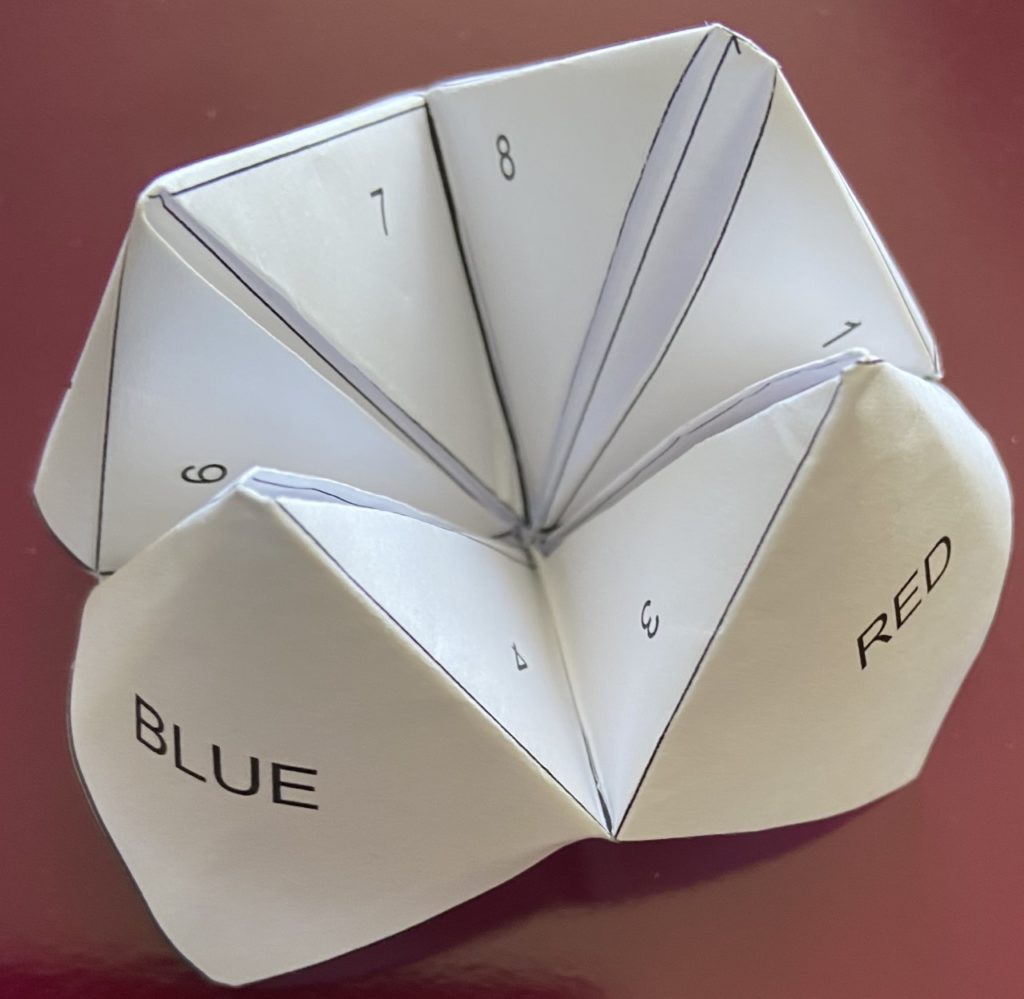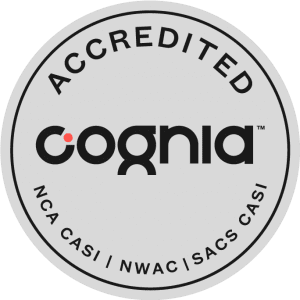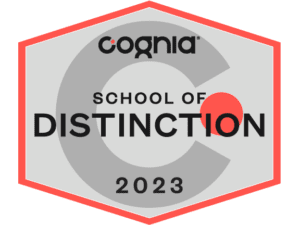Learning & Loving It is a series featuring simple, yet fun educational activities for home learning and virtual, interactive tutoring.
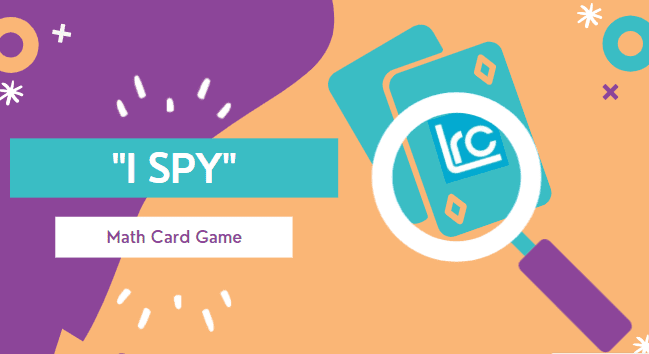
I Spy
About:
- Second grade and higher
- 2 or more players
- Students will recognize numbers and practice addition
-
Supplies:
One deck of playing cards
Activity Overview
In this game, face cards will equal 10. Aces will either be worth one or 11; decide this before you begin play.
Goal: To use addition skills and number sense to recognize the equation that equals a specific number.
1. Deal out all of the cards, face up, in a 13 x 4 array.
2. Player 1 finds two cards next to each other, vertically or horizontally, to add to make a number. They do not share the two cards, just the number of their sum.
“I spy two cards with a sum of…”
3. Player 2 looks for the two cards that equal the sum that Player 1 named.
4. Player 2 will take those two cards once they find them.
5. Players will alternate, taking turns.
6. After many turns, the array can be reformed to continue play.
7. Players continue until there are no more equations that can be made.Variation: Play the game with multiplication instead of addition for advanced learners.
“I spy two cards with a product of…”

